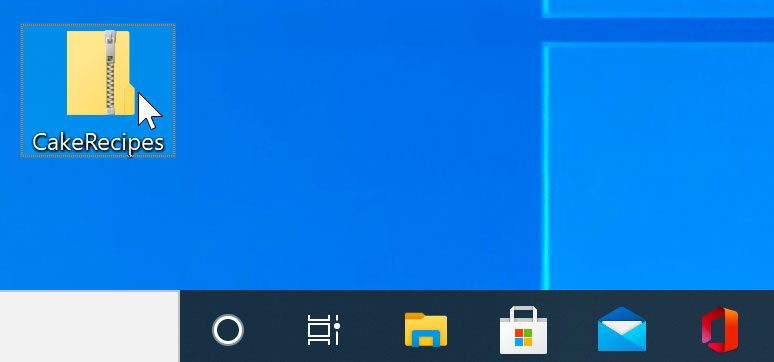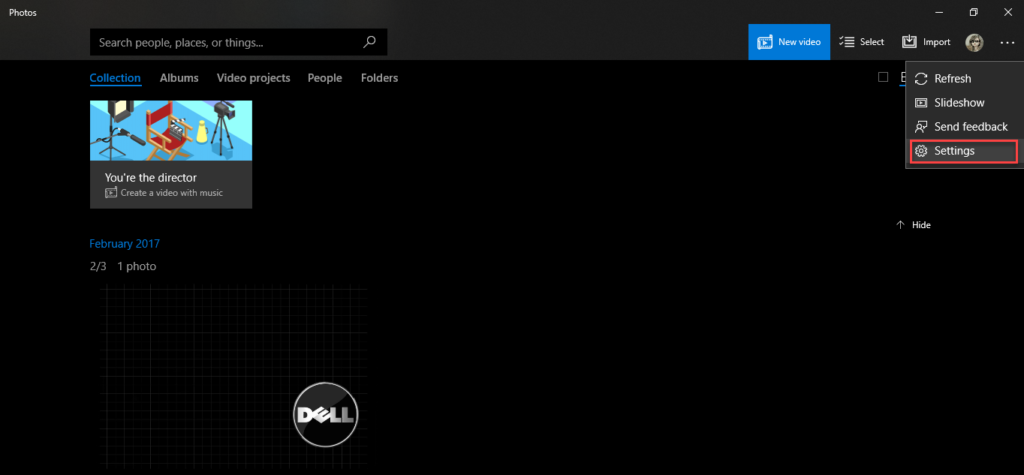

- #Open zipx files on mac install
- #Open zipx files on mac zip file
- #Open zipx files on mac full
- #Open zipx files on mac download
- #Open zipx files on mac free
You can open a ZIPX file with various file compression utilities, which include Corel WinZip (Windows), PeaZip (Windows), Corel WinZip Mac (macOS), The Unarchiver (macOS), and B1 Free Archivera (multiplatform). Another option is to click the New Folder button.
#Open zipx files on mac zip file

What is the difference between ZIP and ZIPX?įollow these steps to open zip files on Mac:.The models selection is not optimized for performance, but for privacy but it is possible to use different models and vectorstores to improve performance. It is not production ready, and it is not meant to be used in production. This is a test project to validate the feasibility of a fully private solution for question answering using LLMs and Vector embeddings.
#Open zipx files on mac install
eg: ARCHFLAGS="-arch x86_64" pip3 install -r requirements.txt Disclaimer If so set your archflags during pip install. When running a Mac with Intel hardware (not M1), you may run into clang: error: the clang compiler does not support '-march=native' during pip install.
#Open zipx files on mac download
#Open zipx files on mac full
You can see a full list of these arguments by running the command python privateGPT.py -help in your terminal. The script also supports optional command-line arguments to modify its behavior.

No data gets out of your local environment. Note: you could turn off your internet connection, and the script inference would still work. Once done, it will print the answer and the 4 sources it used as context from your documents you can then ask another question without re-running the script, just wait for the prompt again. You'll need to wait 20-30 seconds (depending on your machine) while the LLM model consumes the prompt and prepares the answer. In order to ask a question, run a command like: Ask questions to your documents, locally! You could ingest without an internet connection, except for the first time you run the ingest script, when the embeddings model is downloaded.

Note: during the ingest process no data leaves your local environment. If you want to start from an empty database, delete the db folder. You can ingest as many documents as you want, and all will be accumulated in the local embeddings database. Will take 20-30 seconds per document, depending on the size of the document. It will create a db folder containing the local vectorstore. Ingestion complete ! You can now run privateGPT.py to query your documents Using embedded DuckDB with persistence: data will be stored in: db Loaded 1 new documents from source_documents Run the following command to ingest all the data. Put any and all your files into the source_documents directory Instructions for ingesting your own dataset This repo uses a state of the union transcript as an example. Note: because of the way langchain loads the SentenceTransformers embeddings, the first time you run the script it will require internet connection to download the embeddings model itself. TARGET_SOURCE_CHUNKS: The amount of chunks (sources) that will be used to answer a question MODEL_N_CTX: Maximum token limit for the LLM modelĮMBEDDINGS_MODEL_NAME: SentenceTransformers embeddings model name (see ) MODEL_PATH: Path to your GPT4All or LlamaCpp supported LLM PERSIST_DIRECTORY: is the folder you want your vectorstore in


 0 kommentar(er)
0 kommentar(er)
